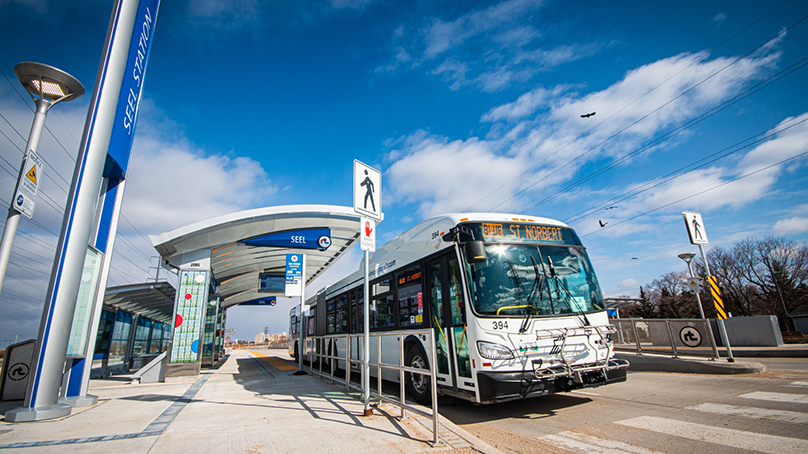
When the new Primary Transit Network launches on June 29, just about all bus routes in the city will change. The change also means school service will now be integrated with regular transit service. School charters will no longer run.
“Public transit is for everyone,” said Kevin Sturgeon, a Winnipeg Transit Senior Transit Planner.
Up to this point, school charters have filled a gap for students, because the current routes were more oriented to downtown commuters.
The Primary Transit Network and its feeder routes are designed to provide service to schools without the need for charters. We have been working with school divisions to prepare them for the network change.
“We’re not alone in moving away from providing separate a school charter service,” said Sturgeon. “Other Canadian cities are making similar decisions to make sure limited resources are best used in ways to serve all riders.”
How the new network is different
For some trips on the new network, riders may need to transfer from a bus on the feeder network to one on the Primary Transit Network. Other trips may be more direct than they are now, with fewer transfers.
Transfers, where necessary, are an important part of the design of a more frequent, reliable service. When transferring to a line with frequent service, wait times will be minimal. Wait times may be a bit longer when transferring to a feeder route.
That said, we expect our feeder route buses will have an easier time staying on schedule than routes in our current network. This is because feeder routes avoid traffic congestion downtown. The changes should make trip planning more accurate.
Schedules for the start of the 2025-26 school year will be online in August. At that time, parents and students will be able to get an accurate sense of what their total trip time will look like.
Riders can also begin planning trips on Navigo at the end of April. This will give you a sense of what buses to take but the exact times won't be the same as in September.
